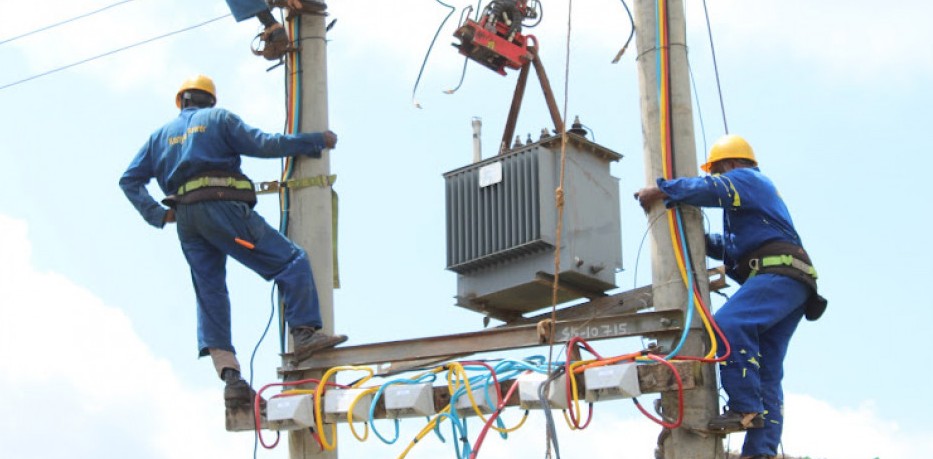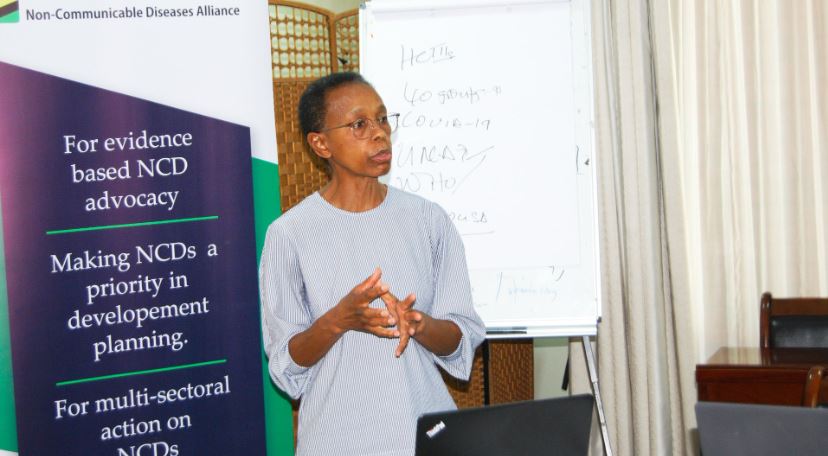Climate change, AI to drive power demand over the next 2 years, IEA Report shows

The findings by the International Energy Agency suggest the twin trends will eclipse the traditional focus on universal electrification as the primary catalyst for energy consumption growth.
Rising use of air conditioning as a result of climate change and increasing adoption of Artificial Intelligence (AI) will be the leading forces behind the projected sharp rise in electricity demand over the next two years, according to a new study.
The findings by the International Energy Agency (IEA) suggest the twin trends will eclipse the traditional focus on universal electrification as the primary catalyst for energy consumption growth.
More To Read
- YouTube introduces new AI tool to help creators steer clear of copyrighted music
- WordPress users can now harness AI power to build and design websites
- IEBC chair candidate Kissinger proposes AI to improve voter education, party nominations
- AU calls for stronger AI regulations to tackle terrorism and political instability
“Global electricity consumption is expected to increase at the fastest pace in years over the 2025-2027 period, fuelled by rising use of air conditioning and the expansion of data centres worldwide,” the agency said.
This will be an extension of the trend witnessed last year, as data shows that countries’ appetite for energy rose at a faster-than-average pace due to higher demand for cooling, rising consumption by industry, the electrification of transport and the growth of data centres on growing AI.
Notably, power demand in 2024 rose by 4.3 per cent, and is forecast to continue to grow at close to 4.0 per cent out to 2027.
Demand for cooling devices stems from the effects of global warming, as temperatures continue to rise beyond the pre-industrial levels globally.
Hottest year on record
Report by the climate monitoring agency, Copernicus, indicates that 2024 marked the hottest year on record, marking the first calendar year to breach the critical 1.5°C threshold that nations pledged to avoid under the Paris Agreement.
Temperatures during the year reached a startling 1.6°C above pre-industrial levels, the period before humans began burning large amounts of fossil fuels.
Simultaneously, the agency explains that the rapid advancement of AI technologies is propelling a boom in energy-intensive data centres, creating an unprecedented load on power grids worldwide.
In Kenya, the agency’s report shows electricity demand rose by an estimated 3.2 per cent annually from 2018-2024, and is poised for a further annual increase of 6.5 per cent during 2025-2027.
Strong growth
It notes that the country will continue seeing strong growth, particularly in renewables, rising annually by six per cent in the next three years.
“Wind and solar PV experienced the largest yearly generation growth from 2018-2024, at 63 and 34 per cent, respectively, and they are expected to continue strong growth over the 2025-2027 period, albeit at lower rates, at 12 and 28 percent, respectively.”
Clean energy sources make up 90 per cent of the country’s electricity generation mix, with new low-emissions projects reportedly on plan.
As a result, Kenya is said to be on track to achieve its Sustainable Development Goal 7 (SDG7) of universal access to electricity by 2030, with the access rate reaching 79 percent in 2023.
Improvements can be attributed to the Last Mile Connectivity Project (LMCP), aimed at speeding up the electrification efforts, which has connected almost 750,000 households since its launch in 2015.
Top Stories Today








































